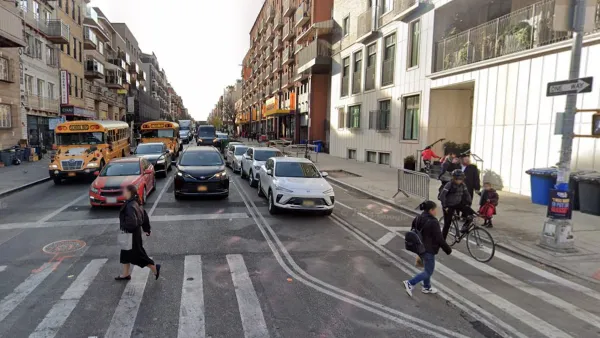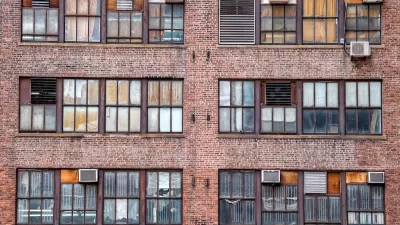Following on the hottest ever first half of a year in America's recorded history, James Barron examines the history behind the creation of air conditioning, on this day in 1902.
The birth of air conditioning can be traced to July 17, 1902, when a junior engineer named Willis Carrier drew the "blueprints for newfangled equipment to temper the air...a solution so simple that it had eluded everyone from Leonardo da Vinci
to the naval engineers ordered to cool the White House when President
James A. Garfield was dying: controlling humidity."
Barron describes the dilemma that Carrier, "a junior engineer from a furnace company," was trying to solve when he devised a system involving "fans, ducts, heaters and perforated pipes" for the the second floor of a Brooklyn printing plant.
Needless to say, "It was a world-changing innovation," notes Barron.
"'Air-conditioning, in the broad
sense, had a profound effect on the way people lived and worked,' said
Bernard A. Nagengast, an engineering consultant who specializes in the
history of air-conditioning and heating. 'It allowed industry to operate
in ways it couldn't operate before, in places it couldn't operate
before.'"
"It all but redefined Florida and Houston and the rest of
the Sun Belt. 'And Singapore, sometimes called the air-conditioned
nation,' said Eric B. Schultz, a former Carrier Corporation executive
and author of a recently published company history."
"And, Mr.
Schultz said, the Internet, because air-conditioning minimized dust,
making possible the so-called clean rooms for computer manufacturers and
electronics companies."
FULL STORY: Before Anyone Complained About the Air-Conditioning, an Idea

Maui's Vacation Rental Debate Turns Ugly
Verbal attacks, misinformation campaigns and fistfights plague a high-stakes debate to convert thousands of vacation rentals into long-term housing.

Planetizen Federal Action Tracker
A weekly monitor of how Trump’s orders and actions are impacting planners and planning in America.

In Urban Planning, AI Prompting Could be the New Design Thinking
Creativity has long been key to great urban design. What if we see AI as our new creative partner?

Portland Raises Parking Fees to Pay for Street Maintenance
The city is struggling to bridge a massive budget gap at the Bureau of Transportation, which largely depleted its reserves during the Civd-19 pandemic.

Spokane Mayor Introduces Housing Reforms Package
Mayor Lisa Brown’s proposals include deferring or waiving some development fees to encourage more affordable housing development.

Houston Mayor Kills Another Bike Lane
The mayor rejected a proposed bike lane in the Montrose district in keeping with his pledge to maintain car lanes.
Urban Design for Planners 1: Software Tools
This six-course series explores essential urban design concepts using open source software and equips planners with the tools they need to participate fully in the urban design process.
Planning for Universal Design
Learn the tools for implementing Universal Design in planning regulations.
Gallatin County Department of Planning & Community Development
Heyer Gruel & Associates PA
JM Goldson LLC
City of Camden Redevelopment Agency
City of Astoria
Transportation Research & Education Center (TREC) at Portland State University
Jefferson Parish Government
Camden Redevelopment Agency
City of Claremont





























